Kaiseki restaurant offering high-quality seasonal produce and dishes in Kyoto
Kichisen is located on the Northern edge of Kyoto near the virgin forest of Tadasu-no-mori, a once sacred part of the Yamashiro province circa 2000 years ago. The Executive chef, Yoshimi Tanigawa is a well-known chef within Japan from appearances on “Iron Chef” in 1999 in which he defeated Masaharu Morimoto, the head chef of Nobu restaurant, New York at the time in a head to head contest. Kichisen gained 2 stars in the Michelin Guide from 2010 to 2013, and 3 stars from 2014 onwards, but sadly, lost its third star in the 2020 guide and was reverted back to 2 stars. The meal I had was a great show of seasonal produce and a surprisingly reasonable price tag of £130 per person for the full complement of Kaiseki courses with sake throughout. I would thoroughly recommend this restaurant if you want a gentle on the wallet introduction to Kaiseki food at a high standard.
Kaiseki cuisine follows a set pattern and Kyoto is the birthplace of this multi-course cuisine of small plates. The first element is a drink offering “sake-ikken” in honour of the gods and then the hosts which, at Kichisen is a simple soda water which came with a bite of yuzu ice (effectively a sorbet) with edible flowers which was a refreshing start. Next came a “sakizuke” or appetiser plate of mixed snacks including sea bream, chestnut, sweet potato, fried fish cake, seawater eel, salty fish flakes and fish eggs.
Next in the proceedings is a clear soup called “o-wan”. As it was late Autumn our soup was a Kyoto butternut soup served within a butternut and a plate sprayed with water to give a feeling of being untouched. Tampered with after or not this was the silkiest soup I have ever had and was just purity of butternut. As it was served cold, it had ice flakes placed on top and this may sound simple, but it was a brilliant touch of adding texture to this superb and refreshing soup.
After the o-wan a dashi is served. Dashi is made from kelp and bonito flakes and an integral stock within Japanese and Kyoto cuisine. This one was served with sea eel (anago) fish cake. We were invited to take a deep sniff the dashi first and then two, small pieces of yuzu skin were added which completely changed the aroma of the dashi. This was a fine dashi with a gentle amount of kelp and the fish cake was delightful to have within it.
After the dashi comes the sashimi or “mukōzuke,” course. Ours was flat fish, squid and salmon served with wasabi, seaweed jelly and possibly the best version of soy and ponzu sauce you could ask for. After the initial sashimi, a “nakazara” (middle dish) is served, often including sushi or a steamed dish tuna – ours was toro (medium fatty tuna) served with potato and this was a generous portion and distinctly good quality. Presentation is often beautiful in Japanese cuisine and if any of the Great British Menu chefs wanted inspiration on this, they could gain a lot in one visit to Japan. I say this as our chef had personally gone to the nearby Tadasu-no-mori forest that morning to pick some leaves to place in the bird’s nest basket over the toro just for our presentation and to reflect the current season – lovely touch.
The next course in Kaiseki cuisine is the “nimono” (boiled) dish, ours being a potato and shiitake mushroom, yuzu, ginger and pepper soup. All of these ingredients were carefully portioned and so well balanced. The following “yakimono” (grilled) dish is a signature dish of Kichisen: a serving of fish is served on top of a wafer thin slice of the largest part of a pineapple and that is placed on top of a volcanically hot stone. Ours was sea bream served with flying fish eggs and absolutely micro-thin slices green onion on top which was not only delightful, but the steam coming from the thin pineapple slice essentially coated the fish with a beautifully soft touch of pineapple citrus and was a clever piece of theatre. This was a wonderful and impressive dish.
Kaiseki meals will usually always finish with rice, pickles and vegetables at the end of the savouries as ours did with matsutaka mushrooms within the rice (these were both fine and hard to get excited about as would be the case in most Kasieki meals). As is customary after savouries, a refreshment, or “kuchi-naoshi” is provided (in the same spirit of a pre-dessert in the West) and ours was a soy and blueberry pudding with persimmon and baby peach, the latter being utterly fresh. A rice and bean cake and sugar cake was also part of this dessert and was one of the most enjoyable Japanese desserts I have had.
The meal ended with a mashed chesnut that was one of the best manageable versions of chestnut available (it can be very cloying and thick in texture but this was wet, sweet and brilliantly done to avoid this), raspberries and pione grapes followed by the usual end of matcha tea and here, a palette cleansing small bowl of roasted Japanese tea. This concluded a fine Kaiseki experience and there really was not much to not like. As a lunch set menu it was reportedly less elaborate than the full tasting menu in the evening, so this is a great option for having an authentic Kyoto meal of Kaiseki courses for a third of the price it will cost you at other 2 or 3 Michelin starred venues in Kyoto. Kichisen incidentally means ‘you and I’ referring to the diner and the establishment and as it was just myself and my associate at the counter for lunch, it literally was us and them and both were very happy with the outcome.
Food Grade: 91%
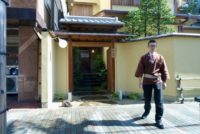
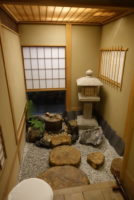
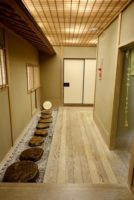

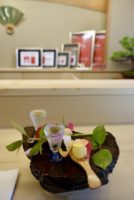
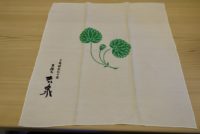
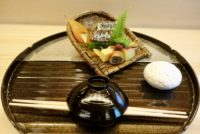
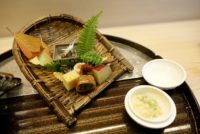
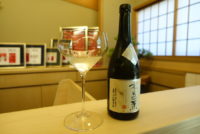
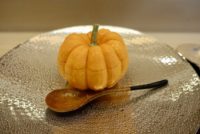
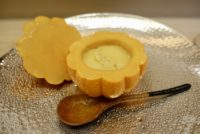

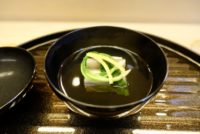
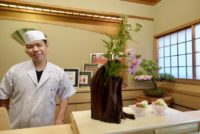

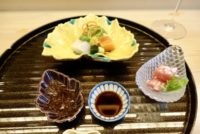
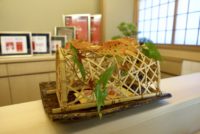
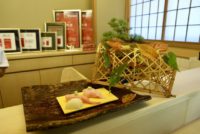
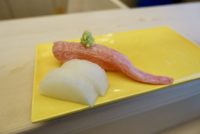
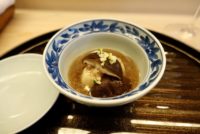
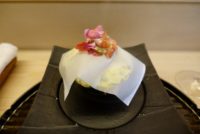
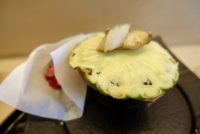
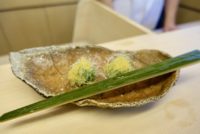
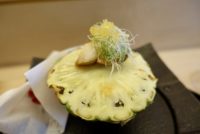
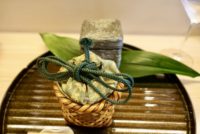
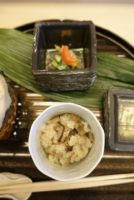
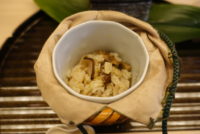
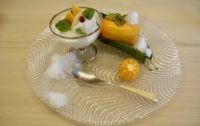
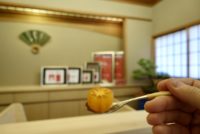
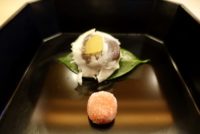
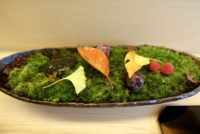
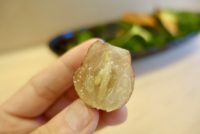
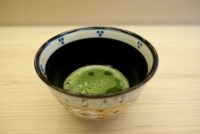
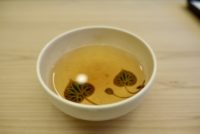
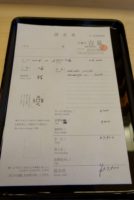
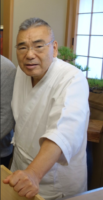
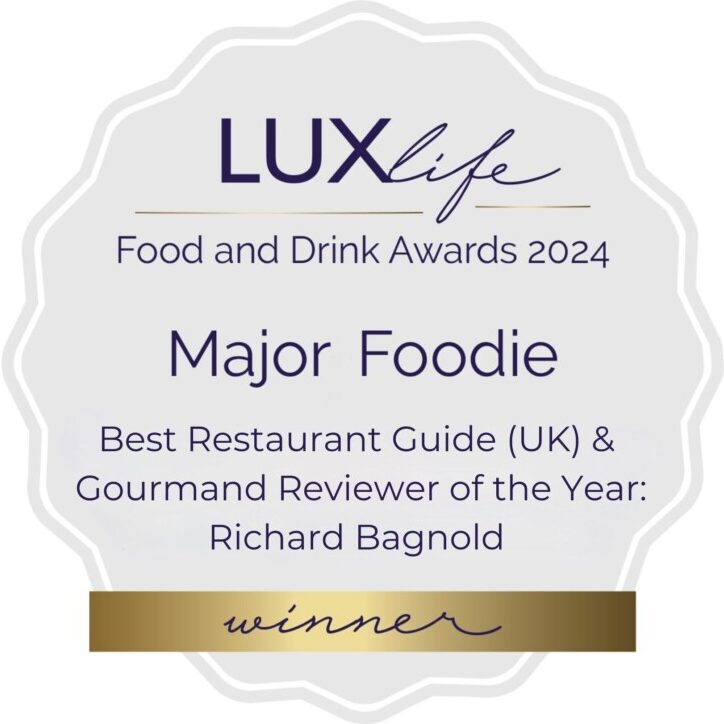 My hobby-turned-passion began to evolve during my assignments to London where I was fortunate enough to be able to explore all the Michelin starred restaurants in my spare time and as a result, I gradually built up a catalogue of all these venues.
My hobby-turned-passion began to evolve during my assignments to London where I was fortunate enough to be able to explore all the Michelin starred restaurants in my spare time and as a result, I gradually built up a catalogue of all these venues.
Leave a Review of this Restaurant